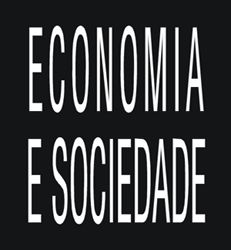Financial Liberalization and Structural Change: The Brazilian case in the 2000s
Abstract
From a Minsky-Kregel approach, this paper discusses the relationship between financial integration and structural change. The motivation for this investigation is because the opening of the Brazilian economy in the 1990s did not generate a structural change in the direction of increasing the weight of higher-technological sectors in the manufacturing industry. In theoretical terms we assume that financial liberalization in developing countries induces the loss of importance of the industrial sector in the productive structure, leading to an early deindustrialization process. In addition, it increases the external fragility and reduces the scope for developing countries to implement long-term economic policies to increase their potential output. In our econometric exercise applied to the Brazilian economy in the 2000s it has been observed that financial integration and dependence on foreign savings, captured by an international liquidity proxy and dummy variables to incorporate the external financial instability in the period studied, reduced the share of Brazilian industry in GDP.Additional Files
Published
Issue
Section
License
Authors who publish in this journal agree to the following terms: Authors retain copyright and grant the journal the right of first publication, with the work simultaneously licensed under a Creative Commons Attribution License, which allows the sharing of the work with acknowledgment of authorship and initial publication in this journal. Authors are authorized to enter into additional contracts separately for the non-exclusive distribution of the version of the work published in this journal (e.g., publish in an institutional repository or as a book chapter), with acknowledgment of authorship and initial publication in this journal. All content of the journal, except where identified, is licensed under a Creative Commons Attribution BY-NC License.

